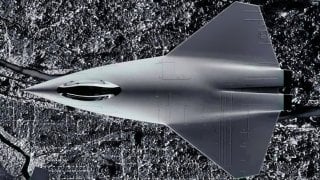NGAD: The 6th Generation Air Force Fighter Nightmare Has Begun
The U.S. military risks falling into the trap of preparing for past conflicts by heavily investing in expensive, potentially obsolete systems like the Next-Generation Air Dominance (NGAD) fighter.
Summary: The U.S. military risks falling into the trap of preparing for past conflicts by heavily investing in expensive, potentially obsolete systems like the Next-Generation Air Dominance (NGAD) fighter.
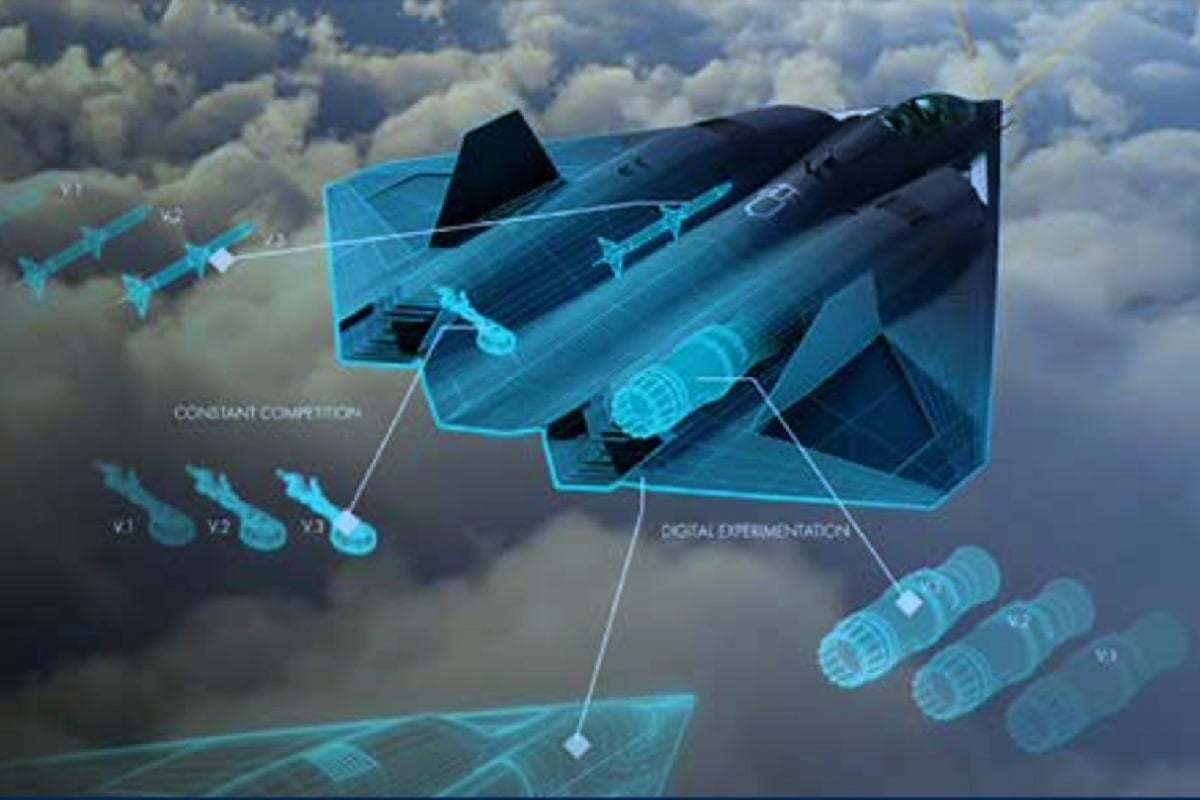
-With the unpredictable nature of future threats, it's impractical to allocate vast resources to systems based on current assumptions.
-Instead, the focus should be on enhancing space capabilities and leveraging the rise of advanced, cost-effective drones.
-Converting existing aircraft, like the F-16, into unmanned systems and improving the current fleet, such as the F-35, would be more strategic.
-Emphasizing drones and space power over new manned warplanes aligns better with modern warfare trends and budget constraints.
Is the NGAD Fighter a Waste? Experts Suggest Focus on Space and Drones
There’s an old cliché about militaries always fighting the last war. It was true of the French military in the Second World War. It was true of Saddam Hussein’s Iraqi forces in 1991. The countries that abandoned the preconceived notions that dominated the battlefields of the previous conflicts and embraced new ideas ultimately found great success. Those countries that not only embraced new concepts of warfare but married it to a robust, large defense industrial base, win the war.
Sadly, the United States of the modern age looks more akin to the French military in the interwar years than it does to previous incarnations of its own forces. We see this in the US Navy’s obsession to continue building aircraft carriers, despite the growing prevalence of defensive systems that can wreak havoc on those expensive carriers.
Similarly, the US taxpayer is being made to fork over billions and billions of dollars that they don’t have to support the Air Force’s newest pet project, the Next-Generation Air Dominance (NGAD) sixth-generation warplane.
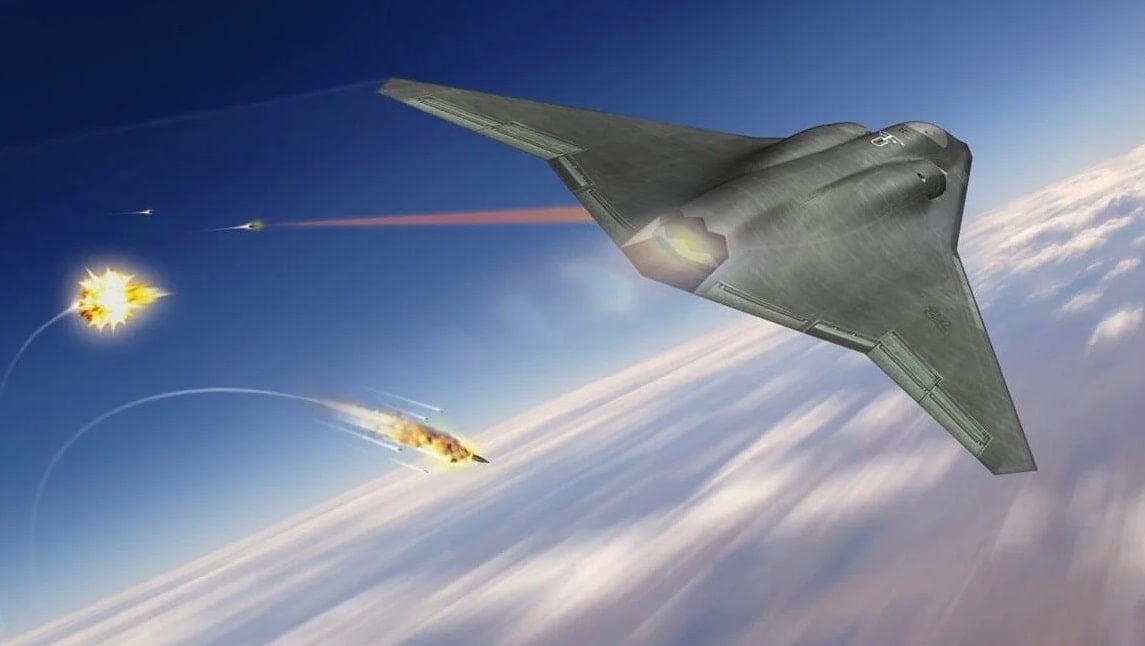
The Changing Face of War
Previously, I advised the US Department of Defense to direct its large (albeit limited, considering all the competing institutional interests) resources to enhancing US space power—even at the expense of the Air Force’s NGAD. More importantly, a greater understanding of the revolution in air warfare is required, as the sixth-generation warplane being developed today is unlikely to have any relevance whatsoever to the period of time in which it will actually be serving (the NGAD is expected to be deployed in the 2030s).
All the requirements for and technology being placed in the NGAD are based on the current threat environment as well as the threat environment that US war planners assume they will face in the next decade.
As we saw with the 2000s, however, the weapons and equipment that were being designed and deployed back then were concocted at a time when terrorism was an ancillary concern. After 9/11, multiple projects had to be reoriented to better comport with the actual threat environment post-2001. That threat environment did not match the threats planners in the 1990s assumed they’d be up against.
Trying to plot out a multi-billion, complex system that won’t go into service for over a decade is silly. Washington has no idea what kind of threats will populate the world system of the next decade. It could be China. Or Russia. It might be something else entirely and we’ll have spent all that money building a complex system that is not relevant to the threat at hand.
The weakness of the United States’ defense industrial base is the real problem here, too. Because once the US government commits to building a massive, next-generation system, unless it’s scrapped early in the acquisition process, the system will be with us for many decades—whether it is useful or not.
Not only is space power more important than another air superiority system but the rise of autonomous warfare systems makes another expensive manned warplane system wasteful. Far cheaper and easier to replace, modern drones are increasingly taking on the characteristics and capabilities of manned systems.
In fact, some are theorizing that, as drones become more advanced over the next several years, they might replace manned systems entirely.
While that is probably a fanciful notion, the fact of the matter is that unmanned systems are becoming more ubiquitous. These systems are also being made harder to destroy and to track, given their size. What’s more, drones are becoming more sophisticated. And it’s not just the drone capabilities of American rivals that are becoming more advanced. The US drone arsenal is, too.
The Air Force is developing drone swarms that can be launched from its warplanes. These systems would serve as a dedicated wingman to the manned warplanes.
The Air Force Should Focus on Its Existing Fleet, Not NGAD
As for more conventional manned warplanes, such as the aging F-16, the Pentagon is toying with the idea of converting these units into unmanned aircraft rather than simply retire them. The point is that these systems might end up being far more useful than a complex, expensive new sixth-generation warplane. Further, the current crop of fifth-generation warplanes—notably the F-35 Lightning II—continues to be upgraded to better defend itself against the ever-advancing suite of rivals it will face in the unfriendly skies.
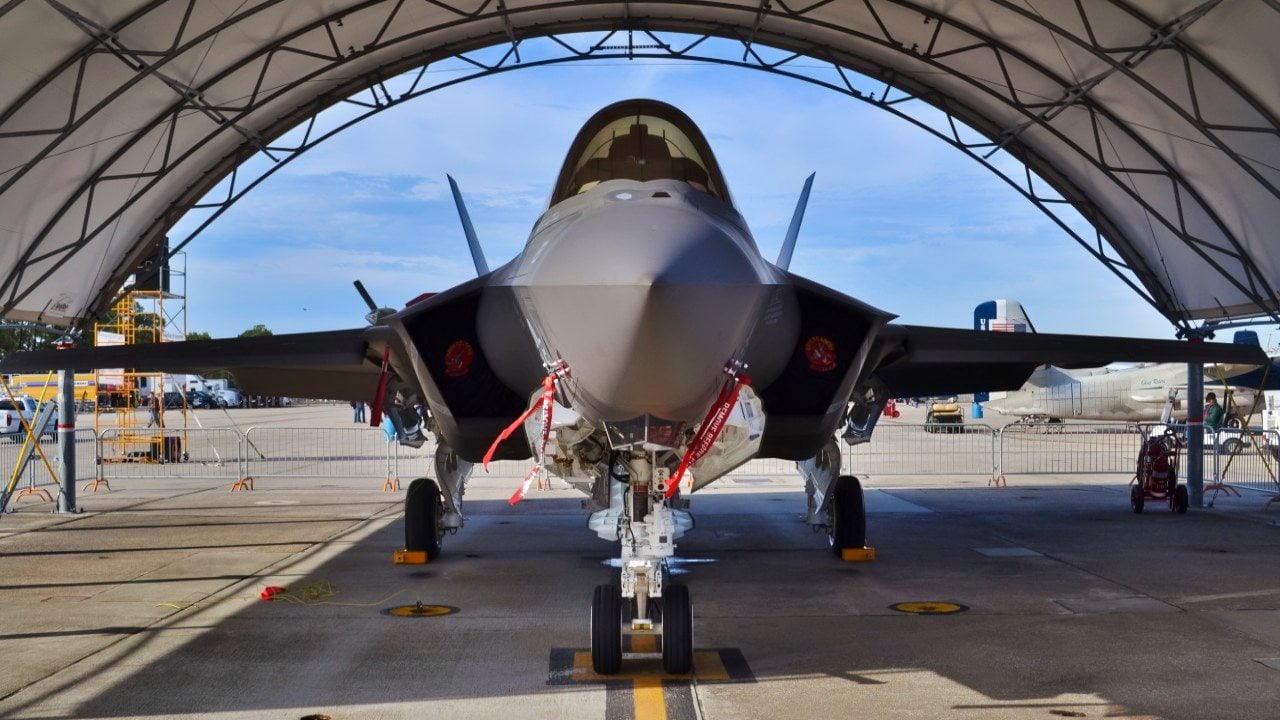
Given that the F-35 will be a perennial work-in-progress, and it is to be the primary warplane for the Air Force, why not focus on making that system the best one possible?
And if the Air Force can find a way to keep the old F-16 birds flying as unmanned systems, if Air Force fighters can deploy autonomous systems in-flight to act as reliable wingmen, why not just focus on building better drones and marrying them to the existing F-35 fleet as opposed to building a mixed arsenal of next-generation drones plus the sixth-generation warplane?
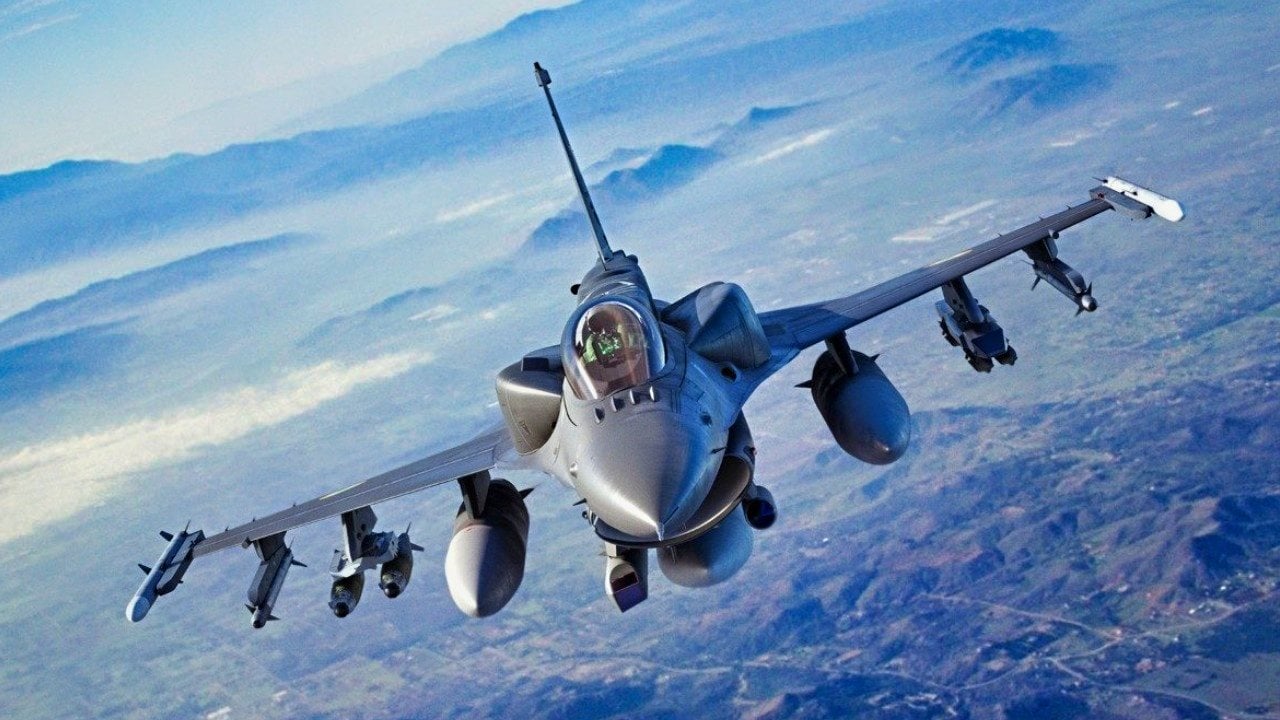
The bottom line is that the advent of advanced drones and the cheapness and relative ease of mass producing them (and replacing them) mean that expensive manned warplanes, such as the NGAD system, are redundant and unnecessary. The Air Force should save its money when it comes to NGAD.
About the Author
Brandon J. Weichert, a National Interest national security analyst, is a former Congressional staffer and geopolitical analyst who is a contributor at The Washington Times, the Asia Times, and The-Pipeline. He is the author of Winning Space: How America Remains a Superpower, Biohacked: China’s Race to Control Life, and The Shadow War: Iran’s Quest for Supremacy. His next book, A Disaster of Our Own Making: How the West Lost Ukraine, is due October 22 from Encounter Books. Weichert can be followed via Twitter @WeTheBrandon.
All images are Creative Commons.


